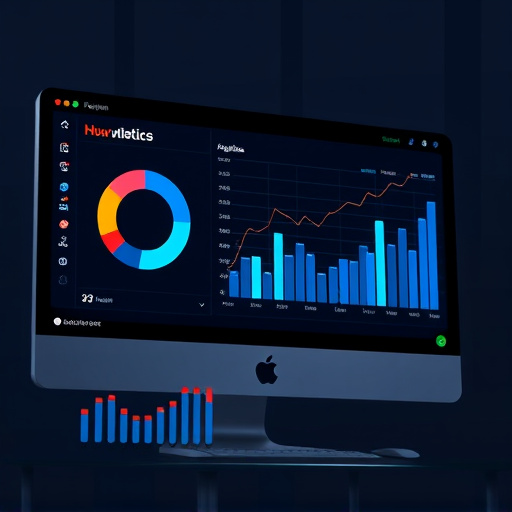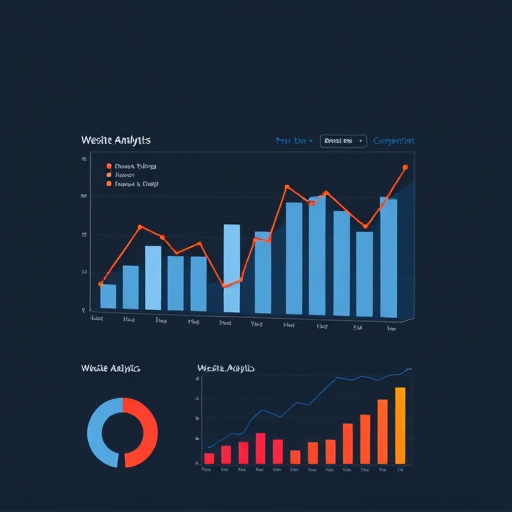Multi-site SEO management requires a strategic, holistic approach addressing each site's unique characteristics, target audiences, and ranking factors. This involves tailored keyword research, aligned web design with brand identity and user experience, structured data markup for better visibility, inter-site link optimization, mobile responsiveness, and continuous improvement through technical audits and competitive analysis. Effective internal linking structures enhance user experience and distribute link equity evenly, while leveraging local citation services boosts authority. Utilizing tools like Google Analytics and Search Console, along with optimizing Google Business Profiles, ensures maximum visibility and performance for localized businesses within the multi-site SEO network.
In the dynamic digital landscape, efficient multi-site SEO management is pivotal for maximizing online visibility. This article guides you through the intricate process of optimizing multiple websites simultaneously, focusing on three key strategies. We’ll explore how to understand and navigate multi-site SEO management, delve into techniques for seamless site interlinkage, and uncover essential tools and metrics for measuring success. By implementing these strategies, businesses can enhance their online presence, drive organic traffic, and achieve SEO excellence across all sites.
- Understanding Multi-Site SEO Management: Key Considerations
- Implementing Effective Strategies for Seamless Site Interlinkage
- Measuring and Optimizing Performance: Tools and Metrics for Success
Understanding Multi-Site SEO Management: Key Considerations

Multi-site SEO management is a complex strategy that involves optimizing and managing multiple websites simultaneously. It’s crucial to understand that each website within this network has its own unique characteristics, target audience, and search engine ranking factors. Therefore, a well-rounded approach is required to ensure consistent performance across all sites. Key considerations include conducting thorough keyword research services to identify relevant terms for each site, ensuring optimal web design Arlington that aligns with brand identity and user experience, and implementing structured data markup to enhance search visibility.
Additionally, managing inter-site links, internal linking structures, and content strategies is essential. Professional web design practices should be employed to create responsive, mobile-friendly websites capable of delivering a seamless user experience across all devices. Regular technical audits, competitive analysis, and performance monitoring are also vital components of successful multi-site SEO management, enabling continuous improvement and staying ahead in the dynamic digital landscape.
Implementing Effective Strategies for Seamless Site Interlinkage

In the realm of multi-site SEO management, implementing effective strategies for seamless site interlinkage is paramount. Each website within a network should be intricately connected, sharing relevant content and contextual links to enhance user experience and distribute link equity evenly. This involves carefully planning internal linking structures that not only facilitate easy navigation but also signal search engines about the relevance and importance of each page. By fostering a natural flow of authority and traffic across sites, you can significantly boost local search visibility.
Custom website design plays a crucial role in achieving this interlinkage seamlessly. A well-designed site architecture ensures that links are strategically placed, visually appealing, and intuitive for both users and search engine crawlers. Leveraging local citation services also contributes to the overall success by ensuring consistent brand mentions and backlinks across all sites, further reinforcing the network’s authority in the eyes of search engines.
Measuring and Optimizing Performance: Tools and Metrics for Success

Effective multi-site SEO management hinges on a robust understanding and continuous improvement of each site’s performance. This involves utilizing an array of tools to measure key metrics such as organic traffic, keyword rankings, bounce rate, and conversion rates across all properties. Google Analytics is an indispensable asset for gauging user behaviour and identifying areas for enhancement. Additionally, Search Console provides insights into index coverage, click-through rates from search results, and any issues detected on the sites.
For localized businesses, Google Business Profile optimization plays a crucial role in boosting visibility and driving foot traffic. By optimizing profiles with accurate NAP (Name, Address, Phone number) information and compelling descriptions, you enhance your online presence and increase the likelihood of being discovered by potential customers searching for “SEO services near me” or “digital marketing Dallas.” Regularly reviewing and updating these profiles ensures maximum impact on local search rankings.
Multi-site SEO management is a complex yet rewarding strategy that requires a deep understanding of interlinkage, performance measurement, and continuous optimization. By implementing efficient strategies and leveraging the right tools, businesses can achieve significant success in improving their online visibility across multiple sites. Remember, navigating multi-site SEO involves constant adaptation to algorithm changes and user preferences, making it a dynamic process. Thus, staying informed, keeping up with industry trends, and regularly reviewing performance metrics are key to sustaining long-term success.














